LastPass is a password manager that generates passwords for you and stores them privately. With LastPass generated password manager, there’s no need to remember all of your different passwords because the app does it for you! This article will discuss what safety measures are in place with LastPass and how to add the LastPass-generated password manager to Chrome. We’ll also discuss some benefits and drawbacks of using a password manager like LastPass.
Table of Contents
What Is A Password Manager?
A password manager allows users to create unique, strong passwords without memorizing or writing down each one. This means less time spent on creating new accounts and more time being productive at work or home. The best part is that these managers store all of their information securely so it can be accessed from any device.
How Do Password Generators Work?
When someone creates an account online, they usually have to enter a username and password. Websites then use these two pieces of data to identify who owns the account. If someone forgets their login details, they may not know which website they signed up for. However, if they use a password manager, they only need to remember one master password. That way, when they sign in to their favorite sites, they won’t forget their other logins.
The process works similarly when logging into apps such as Facebook or Twitter. Instead of entering usernames and passwords every time, people type in their email addresses and click “Login.” Once logged in, the site remembers everything else.
Password Manager Basics
There are many types of password managers available today. Some allow users to generate random passwords, while others require users to input them manually. Here are some basic features to protect your online accounts:
Generate Random Passwords – Generating random passwords is easy with most password managers. Users choose a number between 1-100, and the program spits out a string of characters based on that number. For example, if a user selects 5, it might spit out a weak password, but if the user inputs 15, the program will produce a stronger password consisting of a string of numbers and letters of different characters.
Manually Input Passwords – Most programs allow users to manually input passwords in the password field instead of generating them automatically. When doing so, users must first select a category before choosing individual items within that category. After selecting the desired item, users can copy/paste the text directly into the password field or paste it into another document.
Secure Storage – All major password managers encrypt stored files so hackers cannot access sensitive information. Even though encryption makes it harder for intruders to get inside, it doesn’t mean they aren’t trying. Hackers often try several methods to gain unauthorized access to encrypted files. One method involves brute force attacks, where hackers attempt millions of combinations until they find the correct combination. Another common attack is social engineering. Social engineers trick individuals into giving away personal information through phone calls, emails, texts, etc. Hackers can guess the correct answer to unlock the file by knowing something about a person.
Backup & Restore – Many password managers offer backup options. Backups help protect against the accidental deletion of important documents. In addition, backups make sure you don’t lose your entire collection of passwords because of a computer crash. Password managers also provide restore functions. Restoring deleted files helps prevent lost productivity due to forgotten credentials.
Multi-Platforms – With multi-platform support, users can easily switch back and forth between computers and mobile devices. This feature allows users to save all their passwords from any device simultaneously. It’s handy when traveling since there isn’t always internet connectivity.
Security Features – The security features offered by each product vary greatly. Some products limit how much information can be accessed, whereas others let users view detailed reports. A few even have biometric authentication capabilities, like fingerprint scanners. You can set this to generate a new passphrase every day, week, month, or year. Whatever suits you best. You can then store these in an online password vault which will sync across multiple platforms no matter which operating systems you use.
Are Password Managers Better Than Your System?
Password management software has become increasingly popular over recent years as more people realize how vulnerable our current system is. While some may argue that having one master list of usernames and passwords is better than relying on dozens of unique lists scattered around various places, we think that password managers go beyond what many expect. Here are five reasons why:
1) Security
Password managers keep track of everything you enter into websites. They remember not only login details but also credit card numbers, addresses, and other private data. If someone gets hold of your username and password database, they could potentially steal your identity. That means if you use the same password everywhere, anyone with access to your account would have complete control over your finances or email accounts.
2) Multi-Platform Support
If you want to log onto Facebook while out shopping, you needn’t worry about remembering yet another username and password. Instead, open your password manager app on your smartphone and tap “Login” to automatically fill in the required fields. You no longer need to carry around a laptop or tablet; instead, you’ll have instant access to your most-used services wherever you happen to be.
3) Backup Options
Most password managers allow for automatic backups so that you never forget where you’ve stored your sensitive info. For example, LastPass offers two types of backups – local and cloud. Local backups occur whenever you change something within the program itself. Cloud backups take place daily, weekly, monthly, yearly, etc., depending on your preferences. These backups aren’t limited to specific locations; they can be saved anywhere you choose. So, whether you prefer to upload them to Dropbox or Amazon S3, it doesn’t matter.
4) Syncing Across Multiple Devices
With today’s technology, it seems almost impossible to stay away from smartphones and tablets. However, managing your passwords manually becomes cumbersome after a while. Luckily, there are plenty of apps available that make syncing easy. One such option is 1password. This free service allows you to create secure vaults for different sites, including social media networks, banking, eCommerce stores, forums, and blogs. Once created, you can easily share them between devices via Wi-Fi or Bluetooth.
5) Accessibility
While password managers certainly help keep things organized, they don’t always come without their drawbacks. Most require at least a little technical know-how before being appropriately used. Fortunately, there are now several options designed specifically for those struggling with computer literacy. Some examples include Dashlane, Keeper Password Manager, and SplashID. All three offer intuitive interfaces and simple navigation tools. In addition, each provides an array of security features like auto-fill, multifactor authentication, and even biometric verification.
What Are Some Of LastPass’ Benefits And Drawbacks?
There are many reasons why people choose to use a password manager instead of remembering dozens of random passwords. Here are some pros and cons:
Pros
- Stronger Passwords – When choosing a password, most people pick something easy to remember (like 123456 or a password). While this might seem secure enough to you, hackers often try to guess weak passwords. Storing hundreds of randomly generated passwords makes it much harder for anyone to break into your system.
- Better Security – Since your passwords aren’t stored anywhere but inside your browser, they don’t leave anything behind after you close out of your web browser. Hackers could potentially steal your saved credentials if they could access your computer while you weren’t looking.
- More Time-Saving – You probably spend hours trying to come up with good passwords. A password manager makes things easier since you only need to remember one master passcode.
- Easier To Use – Most password managers allow you to generate complex passwords automatically. They do this through algorithms that make sure your passwords meet specific requirements. For example, you can set rules for numbers, special characters, etc.
- Easy Sharing – Many password managers let you share your passwords with others. This enables friends and family to view your info easily.
- No Need To Remember Them All – One of the biggest problems with keeping track of multiple passwords is forgetting them. LastPass free has unlimited password storage, so you don’t have to worry about them getting into the wrong hands. LastPass password manager helps prevent this problem since you only need to keep one piece of information safe, your master password.
- Safer Online Shopping – There has been plenty of news lately regarding credit card theft. People are becoming increasingly aware of the risks of giving away sensitive financial information over the internet. A password manager keeps all of your essential accounts separate, so there’s no risk of exposing any of your private information.
- Built-In Password Generator – If you want to create strong passwords without memorizing them, you’ll love LastPass’s built-in generator feature. It allows you to select criteria that generate a complex password, such as length, character types, number ranges, etc. Then, it generates unique passwords based on those parameters.
- Password Sharing Features – LastPass lets you share passwords securely with trusted contacts. If someone asks for your login details, enter their email address and click “Share Password.” Your friend will receive an encrypted link containing instructions on where to find your account data.
- Faster Login Times – The last thing you want to deal with daily is having to wait around before being allowed to check your emails or browse social media. With a password manager, you’ll be able to quickly jump right back into what you came here for without wasting too much time waiting for pages to load.
- Autofill Mobile Apps and Sites – If you have an autocomplete feature built into your browser, chances are you’ve already used it at least once. Autofill features help save time by filling forms based on previous data entered into websites. Password managers also work well with mobile sites like Google Maps, where users enter their location details.
- Store Digital Records – Some companies require employees to store digital records such as tax documents, medical files, and more. It would take forever to go through these items manually. Instead, upload everything to Dropbox or another cloud storage service using your password manager.
- Password Management Software Is Free For Individual Users! – If you’ve ever tried using an online service like 1Password or LastPass, then you know how expensive these programs can be. However, free software allows users to store thousands of different types of data securely.
- Peace Of Mind – When you use a password management tool, you’re not storing your most valuable asset elsewhere. Your passwords stay safely tucked away within your system. No hacker will be able to gain access to your account unless they get hold of your login credentials.
Cons
- Less Secure Than Traditional Methods – Although password managers help protect against hacking attempts by preventing stolen login details from leaving your device, they still have security flaws. Some websites require unique usernames and passwords for every account you create. These sites will not work correctly with a password manager because the two methods won’t match up.
- Not As User Friendly as Other Apps – It takes some getting used to switching between apps. Users without experience with password management may be confused about where their new app stores its files.
- Limited Features – While most password managers offer similar features, it doesn’t mean they’re all created equal. Some provide more advanced functionality than others. Make sure you choose a program that meets your needs before making a purchase decision.
- Lack Of Control Over Data Storage – Your password manager will likely store your login information online. That means someone else may gain control over your account if they find out about it. But LastPass doesn’t store your credentials anywhere but within your computer. This makes it less vulnerable to hackers.
- Recovery Options – If you are locked out of your account and can’t remember your master password, you may be able to regain access if you create a password hint. But if you didn’t create a password hint, you’ll need to make a new account and start over.
Is LastPass Safe?
Absolutely! LastPass uses AES 256-bit encryption, meaning the encrypted data can not be broken into by current technology (AES stands for Advanced Encryption Standard). This type of modern encryption is considered unbreakable. More on this below:
- Encryption – When creating a new entry, LastPass encrypts the entire string before saving it to disk. Encrypted strings cannot be read unless decoded first. Data stored within LastPass is encrypted at rest and in transit. Encrypted data cannot be read if lost or stolen. Decoding happens automatically whenever the encrypted text is displayed. To ensure maximum protection, LastPass uses AES-256-bit encryption.
- Two-factor authentication – Multifactor authentication requires additional verification steps, such as entering a code sent via SMS text message or email after logging in. TFA adds another layer of protection against unauthorized access.
- Data Storage Location – Your data is never stored locally on your computer. Instead, it is kept safely offsite in secure facilities. This means hackers would need physical possession of your machine to access your personal information.
- Backup System – Every few days, backups are made of your entire vault. You can also manually back up specific items whenever needed. Backups are stored offline and encrypted.
- Password Strength Requirements – To prevent brute force attacks, LastPass requires at least eight characters long. Additionally, passwords must contain both letters and numbers.
- Generate Secure Passwords – LastPass’ password generator tool generates one-time passwords, Wi-Fi passwords, recovery passwords, and other unique codes.
- Best-Of Cybersecurity Awards – In addition to being awarded an A+ rating from McAfee’s SiteAdvisor service, LastPass has been recognized by PC Magazine as “the best free web browser extension” and was named among Time magazine’s 50 Best Websites.
How Do I Add LastPass On Chrome?
To add LastPass on Chrome, all you need to do is follow these simple instructions:
- If you’d like to bypass the directions below, click the picture above. It’ll take you to the Chrome Web Store LastPass extension page. But if you’d like to do it manually, read on.
- Click the three vertical dots in your browser’s top right corner and scroll down to more tools.
- Next, you’ll want to look for the button that says extensions and click on that.
- You’ll then see a list of your installed extension, but we don’t care about those. You’ll want to look at the top right of your page and click on the three vertical lines to the left of the word Extensions.
- Go to the bottom and click on Open Chrome Web Store to search for the browser extension.
- Enter LastPass in the search box. Click on it and then click Install Now.
- Once installed, click the Open Extension Settings button.
- Under General settings, select the Manage Passwords option.
- In the Password Manager section, enter username and password credentials.
- Save changes and restart Chrome.
Congratulations! You have installed the LastPass for Chrome password manager on your computer.
How Much Does LastPass Cost?
The cost of using LastPass depends entirely upon how many users you plan to use it with. For businesses, there are two business plans to choose from. The LastPass Teams account for businesses under 50 users, and the LastPass Enterprise account for more than 50 users. The LastPass Teams account costs $4 per user/per month, while the LastPass Enterprise account costs $6 per user/per month. The differences between the two versions include the following:
LastPass Teams Plans:
- Unlimited devices
- Under 50 team members
- Choose from 10 customizable security policies
LastPass Enterprise Plans:
- Unlimited devices
- Unlimited users
- More advanced options, including Expandable SSO and MFA add-ons
- Choose from 100+ customizable security policies
For personal use, there are three choices. Free, LastPass Premium, and LastPass Families. The Free personal plans are for a single user and are free, and the Premium plan costs $3 per month/year, the Family plan is $4 per month/year, and you get 6 Premium accounts in the Family account.
The free individual plan will be more than enough for most users. Still, if you’re looking for advanced security features, you might want to opt for the Premium version, and if you have more than one user in your house, then the Family plan should suffice. With the proper precautions in place, using a password manager like LastPass can significantly improve your security and reduce the risk of being hacked.
How To Choose The Best Password Manager?
There are many factors to consider when choosing a password manager. Here are three things to keep in mind:
Security Level – How secure does this tool make your personal information? Does it encrypt your stored data? Is it easy to set up? What kind of encryption algorithm does it support? Do they offer 2-factor authentication? If so, what type of device do I need to authenticate myself?
Usability – Can you easily access all your passwords without opening multiple windows or tabs? Are their keyboard shortcuts available? Will my friends be able to log into my site like me?
Features – Does it allow you to generate strong random passwords that won’t repeat themselves? Does it automatically fill out forms such as online banking login pages? Does it integrate well with other tools, such as email clients? If you’re still not sure which one to choose, here are some suggestions on where to start:
- Start by trying them out yourself. Try each service out for 30 days before deciding whether or not you should continue using it. This way, you’ll know exactly what works best for you.
- Read reviews written by real people who used the product. These reviews give an unbiased view of the pros and cons of different products.
- Ask questions directly to the company’s customer support staff. They may have answers to specific problems you’ve encountered.
Password managers aren’t just useful for storing usernames and passwords; they also store credit card numbers, bank details, social media credentials, etc., so they can help protect against identity theft. In addition, they often come equipped with anti-phishing technology that helps prevent hackers from stealing your username and password info while browsing the web. And because these programs sync across computers and mobile devices, you don’t even have to remember anything—you enter your master password once, and everything else happens automatically.
LastPass Alternatives
Several LastPass alternatives are available today, including Dashlane, Roboform, Bitwarden, Keeper, and KeePass. These services work very similarly to the LastPass-generated password manager and provide many benefits, such as security, convenience, ease of use, speed, and mobile accessibility. The cost for these varies depending on which one you choose. Hence, it’s best to research the complete terms, including the license terms, privacy policy terms, and any additional terms, to find the password manager that’s right for you.
Wrapping Up
We hope this article has brought a little clarity around picking the perfect password manager for your needs. We recommend starting with LastPass since it is free and offers unlimited storage space. It will take care of most of your basic requirements, but if something is missing, please leave a comment below and send us a message if you need assistance.

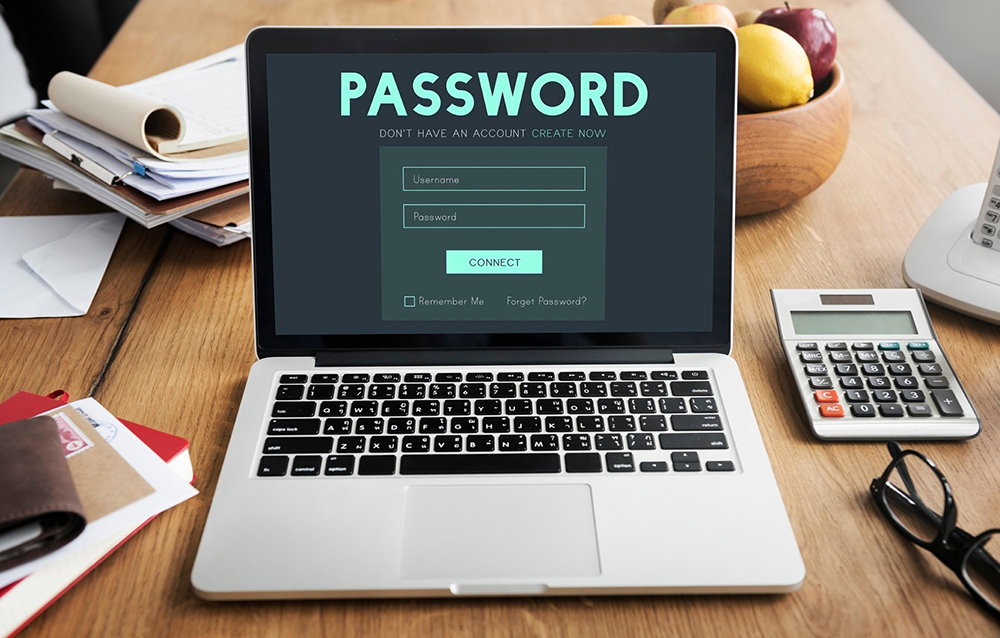
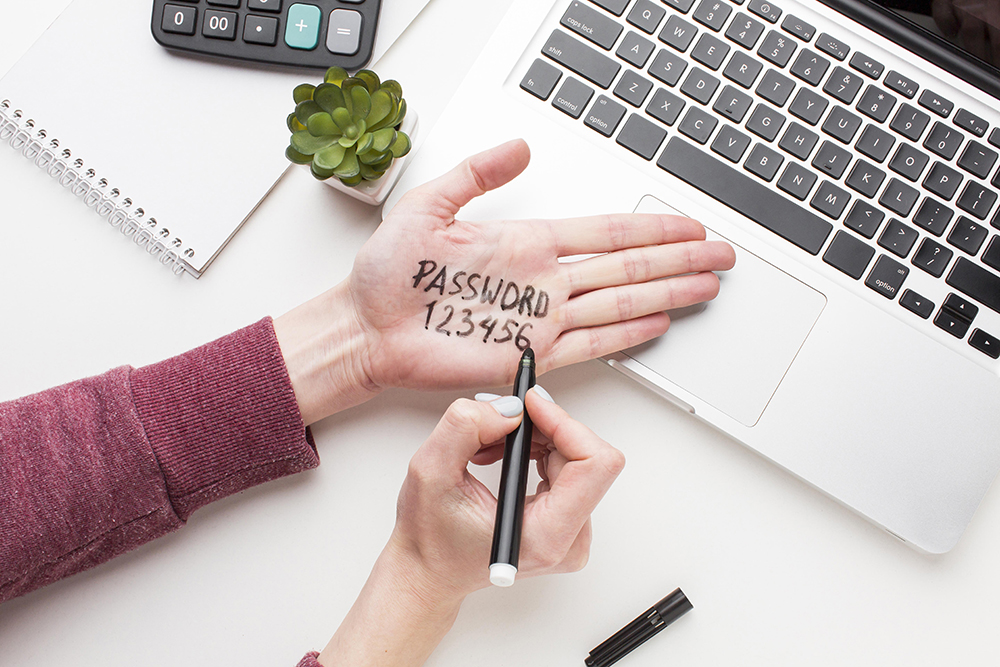

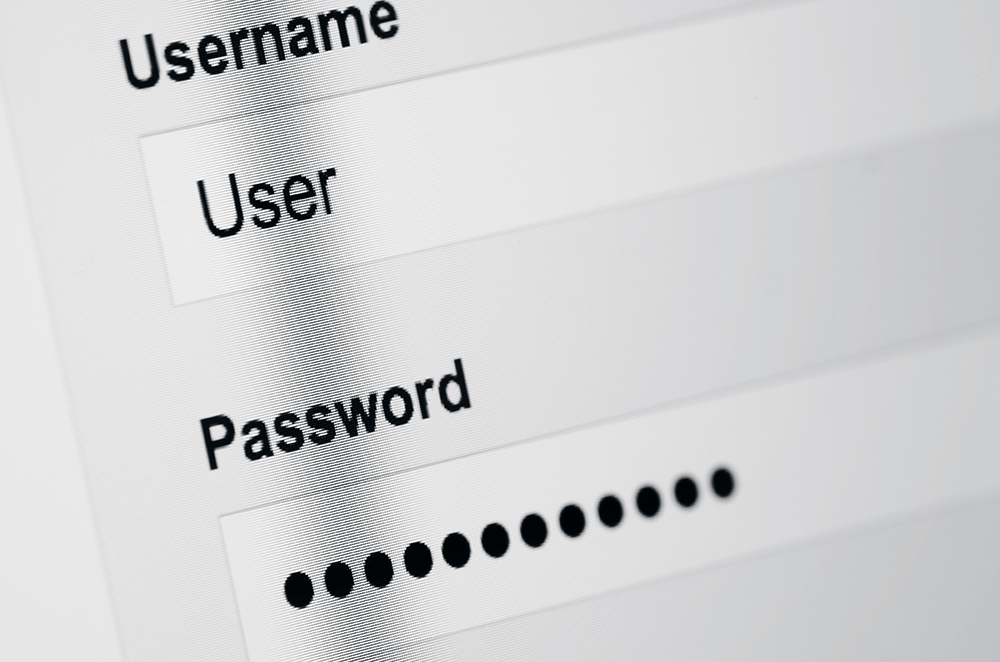
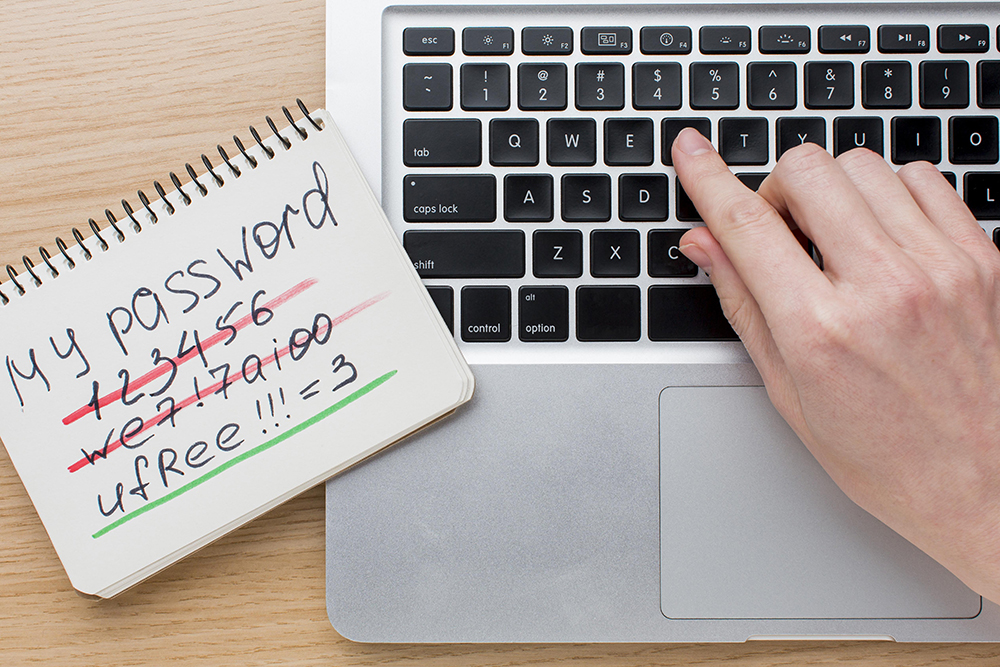


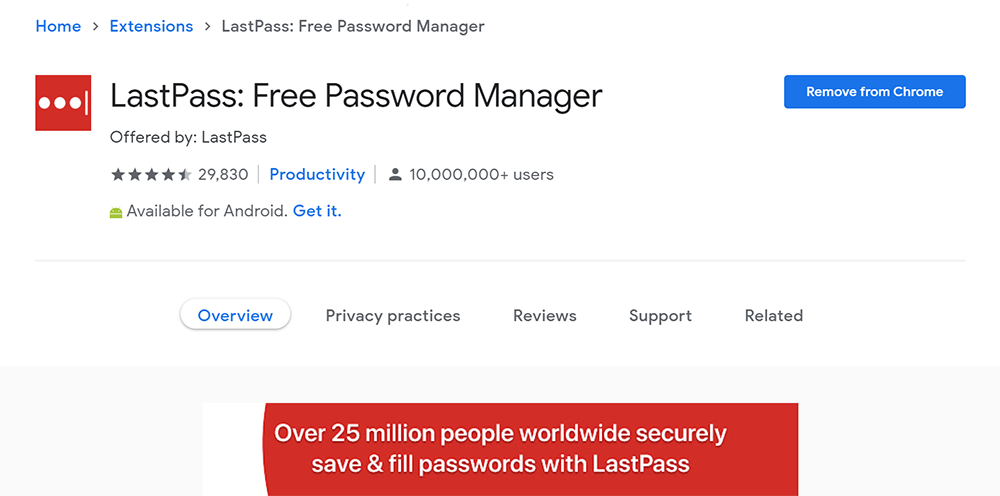
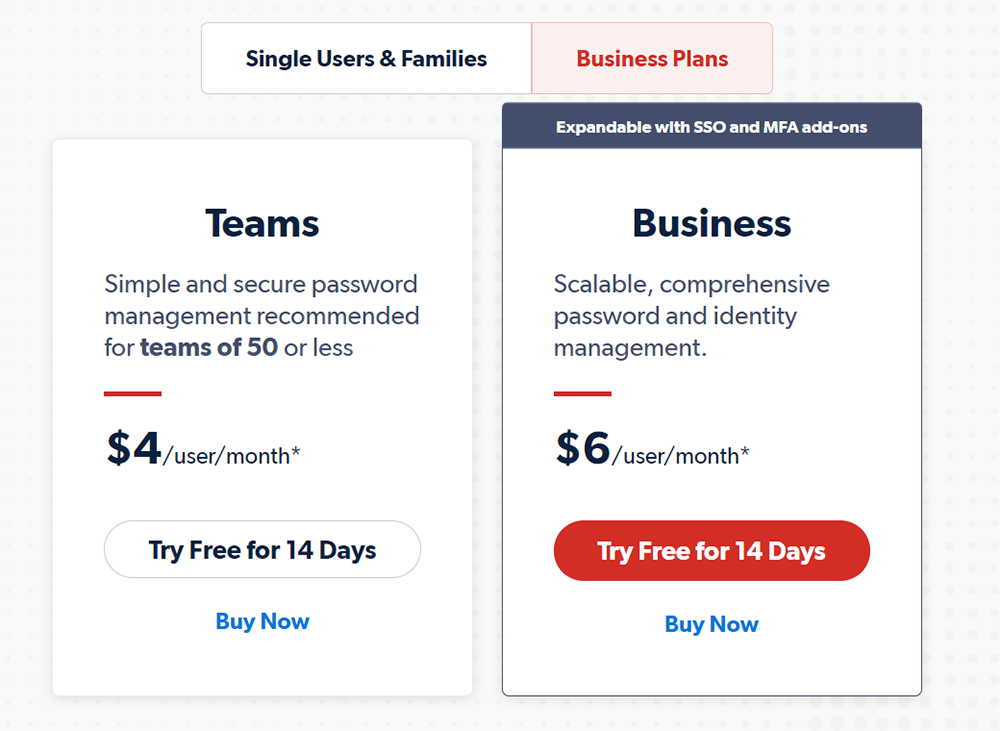


Trackbacks/Pingbacks